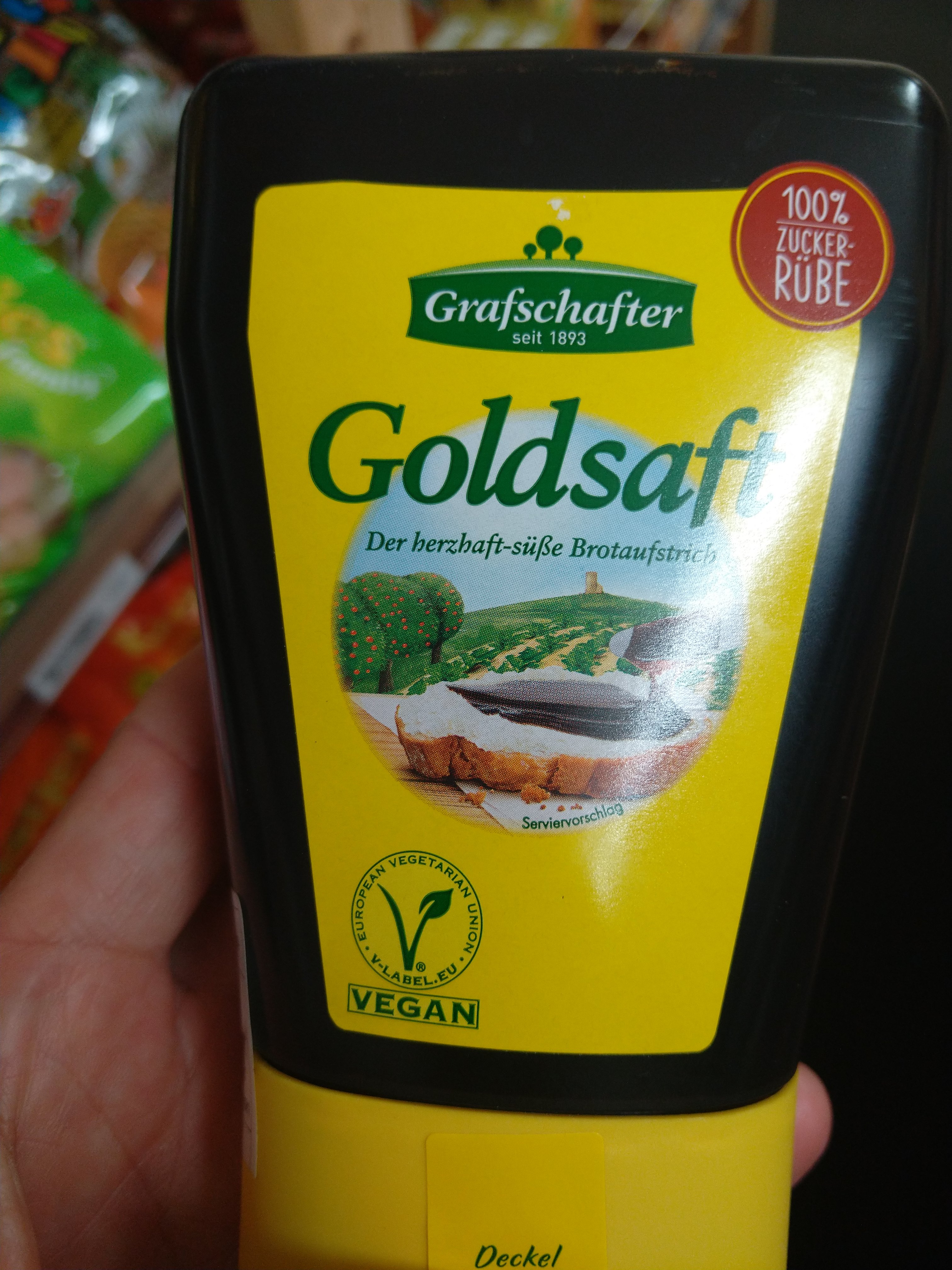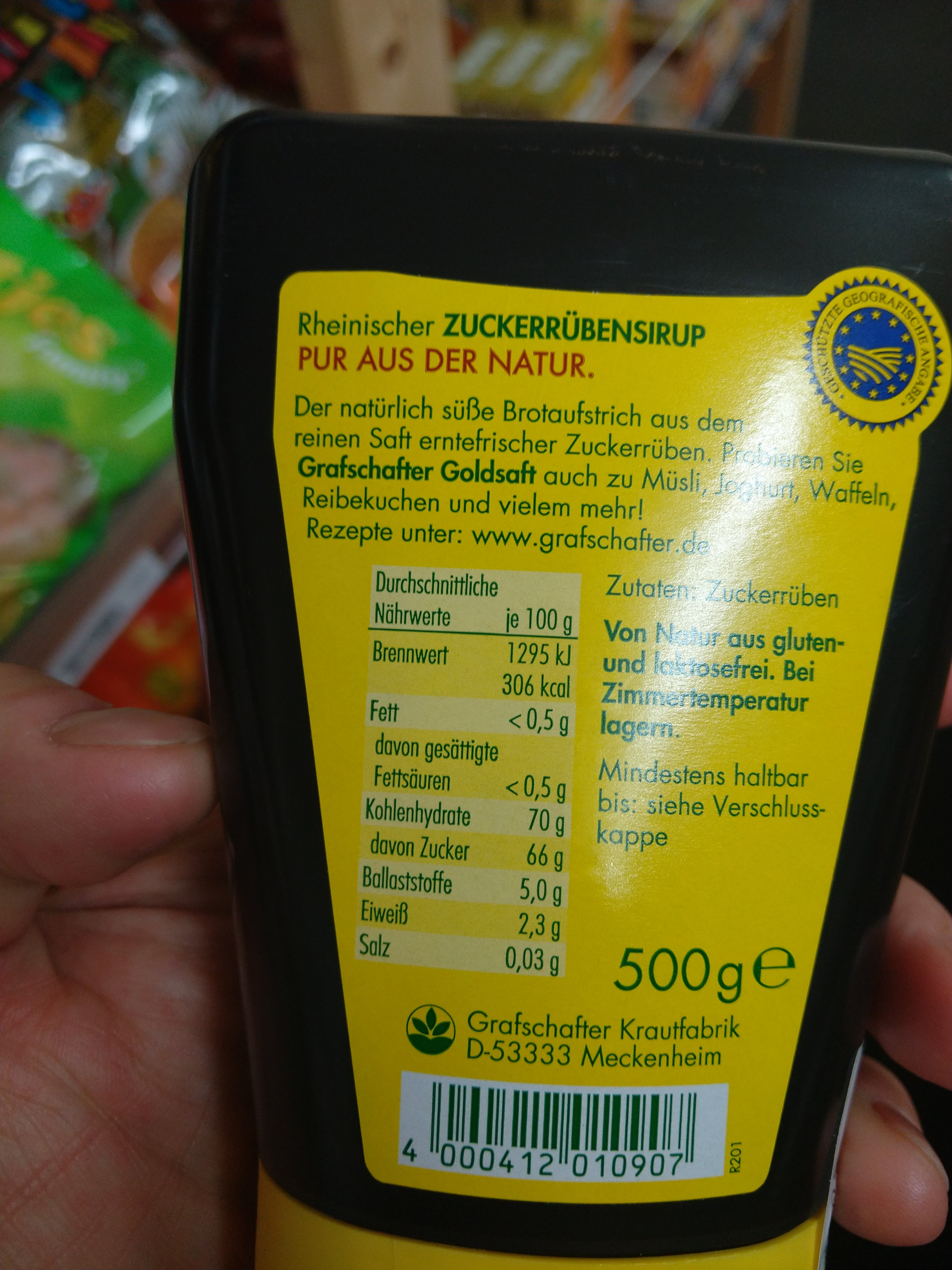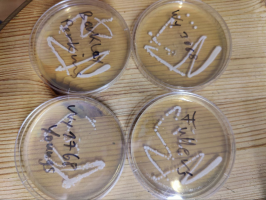I like them dead before cooking.You pound your fish in NZ?!
(and no, that is *NOT* a euphemism for anything)
But I hadn't clicked on the image and the bar across the bottom of image hid the rolling pin.
That could be there for self defense of course as sometimes doesn't all go smoothly if wife and I in kitchen together.
Especially if I've just restacked the dishwasher ( and that's not a euphemism either).


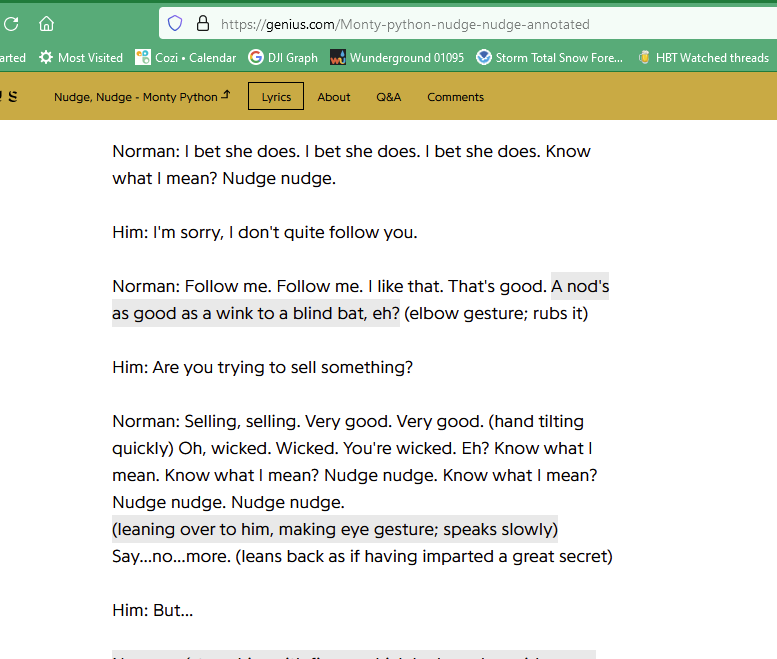









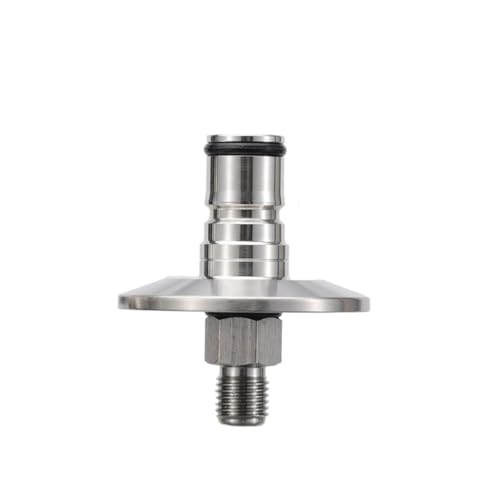
















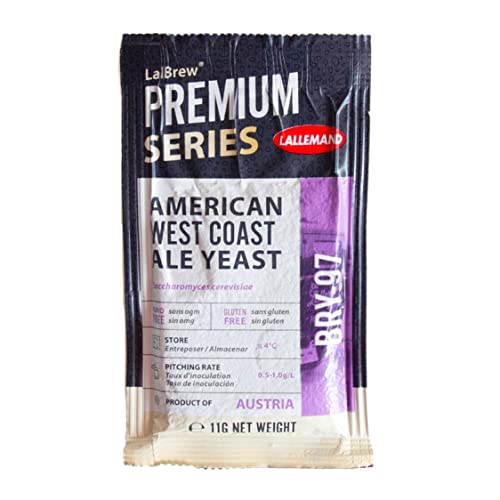

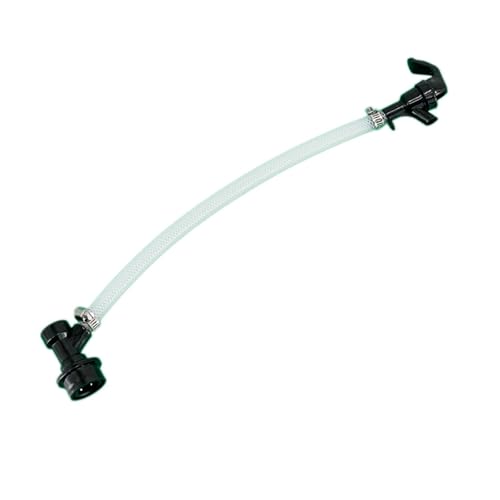

























![Craft A Brew - Safale S-04 Dry Yeast - Fermentis - English Ale Dry Yeast - For English and American Ales and Hard Apple Ciders - Ingredients for Home Brewing - Beer Making Supplies - [1 Pack]](https://m.media-amazon.com/images/I/41fVGNh6JfL._SL500_.jpg)

